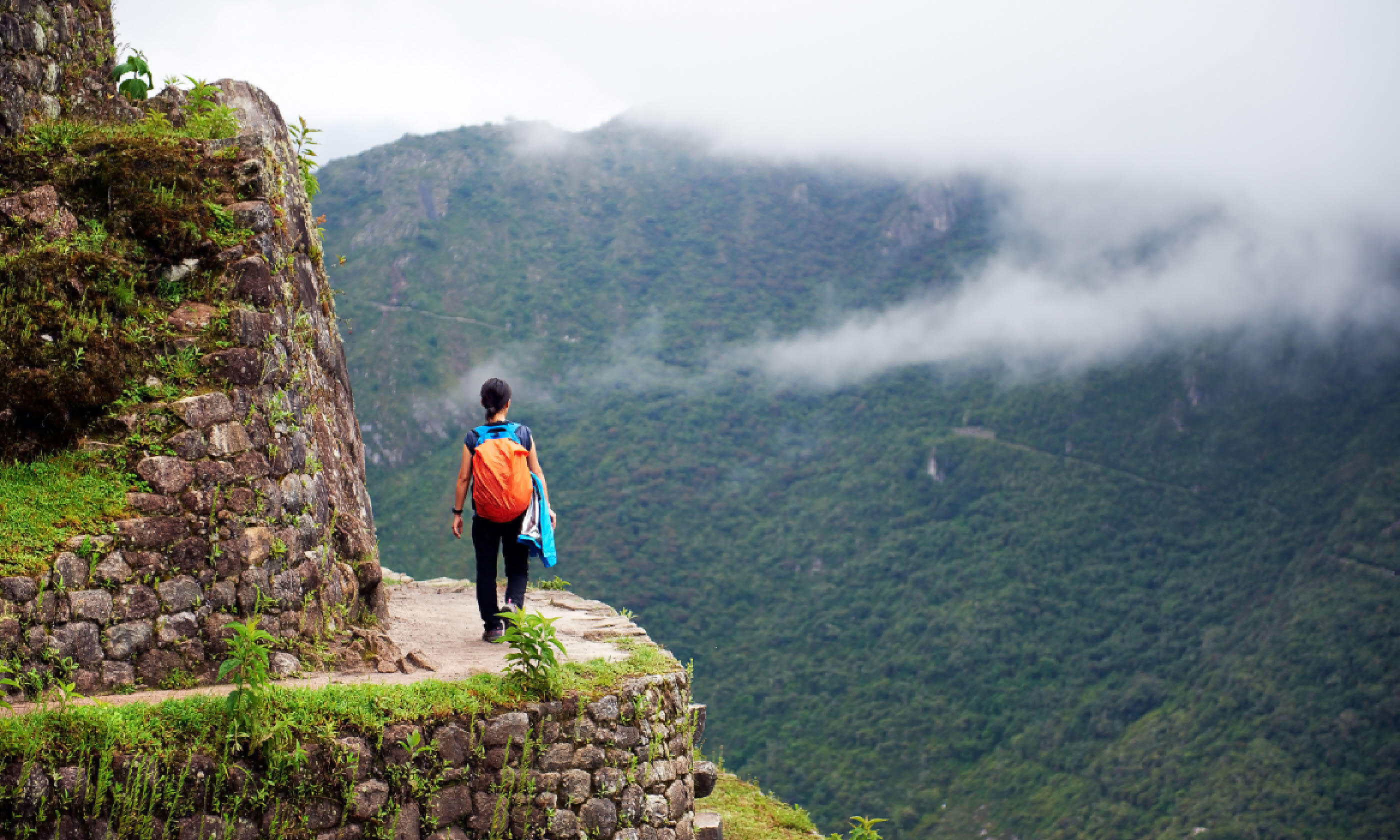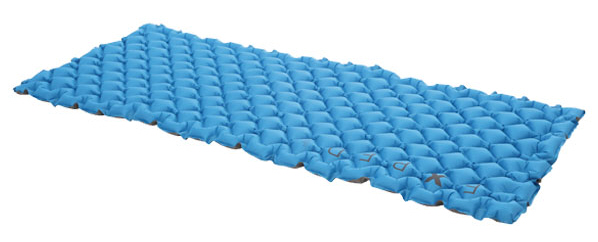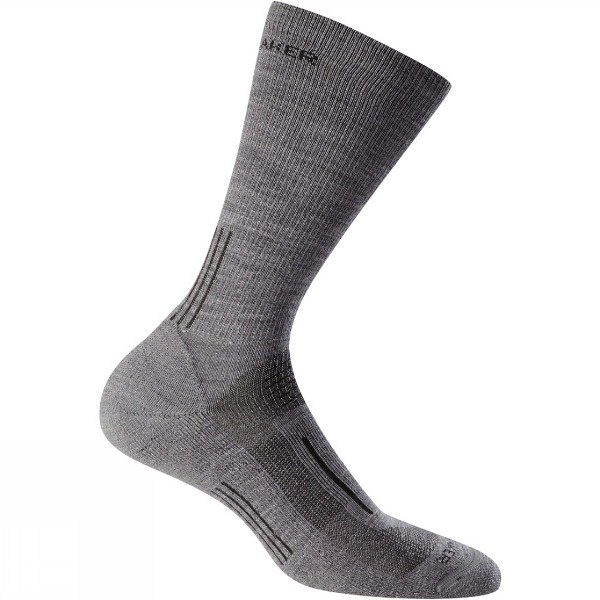
What to pack when you're... hiking the Inca Trail, Peru
It's one of the world's most iconic walks – but its varied terrain, altitude and weather conditions can make it a packing nightmare. Until you read this gear guide, of course...
Peru is a diverse country with many different terrains, weather and altitude, so equipping for this from one bag is not straight forward. It will be further complicated by whether you are on a supported trip (ie with a tour company) or travelling independently. Mountains, rainforest, cloud forest, coastal plains all will have their own challenges. Travelling long distances will also add to this mix.
Want to save money on your safari kit? Wanderlust readers save 20% off every online order with Nomad Travel – click here to see the code
Sleeping bag
Look at sleeping bags with down fillings – they are more compact and lighter than the synthetic kind. Or, combine a sleeping bag liner with a one-season bag plus a good light weight packable insulated jacket that you can also sleep in.

A mat is also essential: it will help to keep you comfortable and insulated from the ground cold. Inflatable options are incredibly compact – it is worth checking out Thermarest Neo Air, Exped AirMat Basic, or the
Exped Aircell. Don't forget to think about your head and neck: it is worth packing a compact pillow too.
Torches
Most places you stay will have little or no electricity, so having your own source of light is crucial. It is best to take two torches in case one lets you down – one good one and one cheap one as a back up. Choose a head torch with a red light function (it helps to keep your night vision intact) and one hand torch for a good directional beam.
Walking boots
Take care of your feet and you’ll reach the end of the trail! Some ankle support is recommended: when you become tired towards the end of the day it’s easy to stumble on uneven terrain. The only true guide here is to make sure your boots are totally comfortable. So it is sometimes better to go with your old favourites than to go away with a new pair, no matter how good, as they might not suit you once you hit the trail.
Want to save money on your safari kit? Wanderlust readers save 20% off every online order with Nomad Travel – click here to see the code
 Poles, socks and blister treatment
Poles, socks and blister treatment
To help keep your trekking pain-free, don't forget walking poles, really good
Merino socks (spare no expense on these), Compeed blister treatment, and light-weight sandals or breathable trainers to give your feet a break at night (or give you back up if your boots let you down).
Water and food
Water intake is very important – if you're trekking for long distances you should carry three litres it’s 3kgs of weight to carry, but essential stuff. You'll need sturdy water containers, and perhaps a pouch with straw for easy drinking. For an energy boost pack some high energy bars to supplement your meals, too.
Waterproofs
Staying dry and keeping cool can be a tricky balance on the Inca Trail. Sudden downpours can soak you to the skin, but then the sun will break through the cloud. Combine this with tropical rainforest where the humidity alone – even with the most breathable waterproof jacket – can make you feel like you're wrapped up in a sweaty bin liner. On the plains, chances are you won't need your waterproof jacket at all – it'll just take up room in your bag. So there is a need to be pragmatic.
If you are heading for the classic mountain trails, take a good breathable waterproof – Gortex is the gold-standard waterproof/breathable fabric used. Also, consider a Poncho: its loose fit allows air to circulate, it’s easy to throw on and off, plus it will cover your pack. You can also use it as a ground sheet or canopy to shelter from the sun or rain on those all-important rest breaks.
The best all-round clothing for travel is made from polyamide as it is quick drying and tough but it is a manmade fibre (plastic based) so it can tend to feel clammy. Pack cotton clothes for night time – pack them away in a dry bag during the day to keep them ready for the evening.
Medication
There are some specifics that you will need to take medical advice on – malaria for the rainforest (lower regions) and altitude sickness for the higher areas. Also, take hand sanitiser – illness can spread through the group if you don't take care with personal hygiene.
Want to save money on your safari kit? Wanderlust readers save 20% off every online order with Nomad Travel – click here to see the code
For more tips and advice, see
Nomad's packing guides – the Mountain section is particularly relevant to hiking the Inca Trail.

 A mat is also essential: it will help to keep you comfortable and insulated from the ground cold. Inflatable options are incredibly compact – it is worth checking out Thermarest Neo Air, Exped AirMat Basic, or the Exped Aircell. Don't forget to think about your head and neck: it is worth packing a compact pillow too.
A mat is also essential: it will help to keep you comfortable and insulated from the ground cold. Inflatable options are incredibly compact – it is worth checking out Thermarest Neo Air, Exped AirMat Basic, or the Exped Aircell. Don't forget to think about your head and neck: it is worth packing a compact pillow too.  Poles, socks and blister treatment
Poles, socks and blister treatment